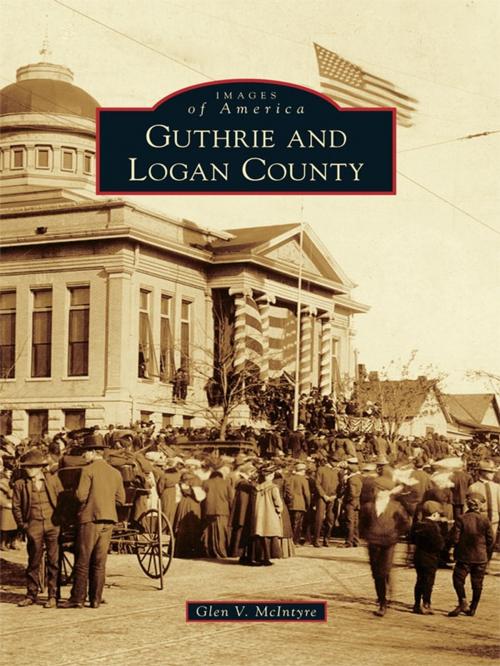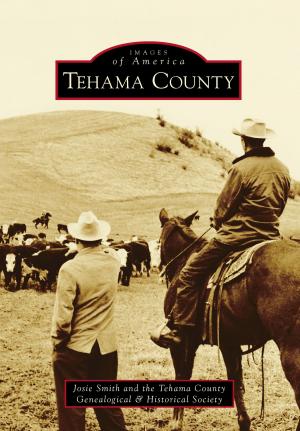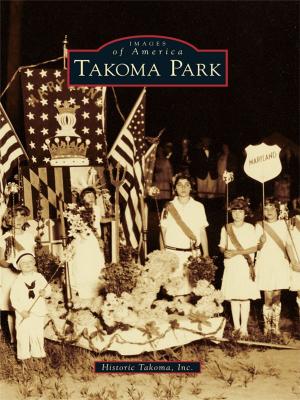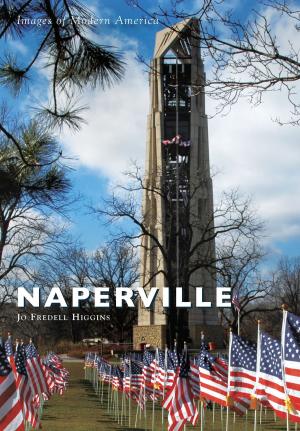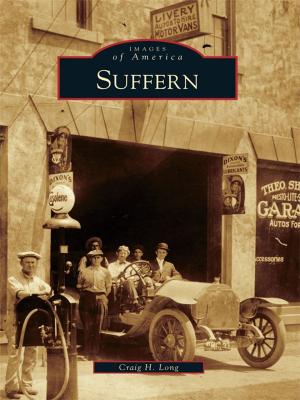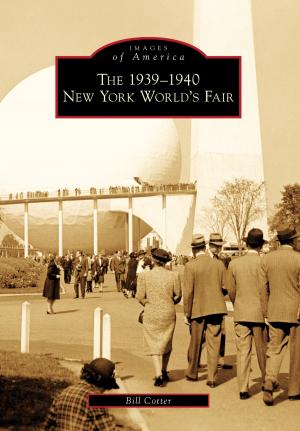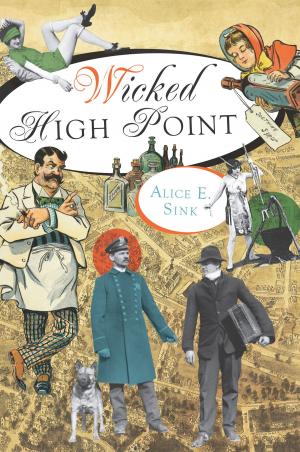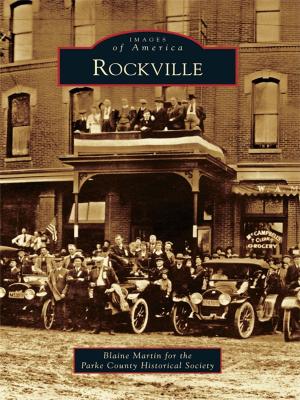| Author: | Glen V. McIntyre | ISBN: | 9781439625699 |
| Publisher: | Arcadia Publishing Inc. | Publication: | May 23, 2011 |
| Imprint: | Arcadia Publishing | Language: | English |
| Author: | Glen V. McIntyre |
| ISBN: | 9781439625699 |
| Publisher: | Arcadia Publishing Inc. |
| Publication: | May 23, 2011 |
| Imprint: | Arcadia Publishing |
| Language: | English |
Guthrie and Logan County lie at the geographical center of Oklahoma, just north of Oklahoma City. The bulk of Logan County was opened by the Land Run of April 22, 1889, with the eastern portion opened by the run of September 6, 1891, that opened the Iowa, Sac and Fox, and Potawatomi reservations. The town of Guthrie was the political and cultural center of first the territory of Oklahoma from 1890 to 1907, then the state of Oklahoma until 1910. Guthrie attracted architects who built impressive buildings, businessmen and farmers who hoped to make a new life, and a variety of other characters wanting to make a new home. While Guthrie was the most important town, others thrived as well: Marshall (home of Angie Debo, an important Oklahoma historian), Langston (home of Oklahoma�s first black university), Mullhall, Orlando, Crescent, Meridian, and Coyle, as well as many towns that did not survive.
Guthrie and Logan County lie at the geographical center of Oklahoma, just north of Oklahoma City. The bulk of Logan County was opened by the Land Run of April 22, 1889, with the eastern portion opened by the run of September 6, 1891, that opened the Iowa, Sac and Fox, and Potawatomi reservations. The town of Guthrie was the political and cultural center of first the territory of Oklahoma from 1890 to 1907, then the state of Oklahoma until 1910. Guthrie attracted architects who built impressive buildings, businessmen and farmers who hoped to make a new life, and a variety of other characters wanting to make a new home. While Guthrie was the most important town, others thrived as well: Marshall (home of Angie Debo, an important Oklahoma historian), Langston (home of Oklahoma�s first black university), Mullhall, Orlando, Crescent, Meridian, and Coyle, as well as many towns that did not survive.
